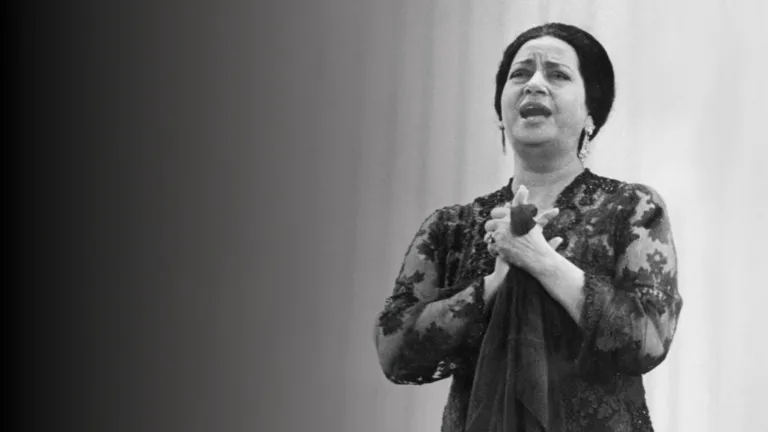Rabat – November has come, and with it returns Black Friday – the shopping season where discounts go wild and people rush to grab the best offers before stocks run out.
With Black Friday arriving, one might wonder: where did this name come from? Why black – not red, green, or white?
Originally, Black Friday was popular in the United States, taking place on the day after Thanksgiving. Today, it has become a global trend that extends beyond one single day, with many brands offering discounts throughout the month of November.
There are several theories about how the term originated, some of them are true while others are pure myths, lacking historical evidence or relevance to the shopping-related black Friday.
One of the most popular stories claims that it marks the moment when stores finally moved from operating “in the red” (at a loss) to “in the black” (making profit) thanks to the surge of holiday shopping.
The name “Black Friday” has appeared in other, very different contexts as well. On September 24, 1869, the American gold market crashed, when two financiers, Jay Gould and Jim Fisk, tried to buy up as much of the nation’s gold as possible to drive prices sky-high and make enormous profits. Their plan collapsed, sending the stock market into free fall and bankrupting investors across the country. That day became known as Black Friday, though it had nothing to do with shopping.
Another myth claims that in the 1800s, enslaved people were allegedly sold at discounted prices to Southern plantation owners the day after Thanksgiving. This story has no historical basis and is widely debunked by historians.
The real origin of the shopping-related “Black Friday” dates back to 1950s Philadelphia, where the city was flooded with shoppers and tourists the day after Thanksgiving, ahead of the annual Army–Navy football game. Local police began calling it “Black Friday” because of the chaos it caused — heavy traffic, overcrowded streets, and long working hours that left officers exhausted and unable to take the day off.
In the 1980s, retailers tried to give the day a more positive image, even attempting to rename it “Big Friday” instead of “Black,” but the idea never caught on. Since then, the term stuck, and retailers began promoting it as the day when stores move from “in the red” to “in the black,” turning it into the shopping event we know today.















